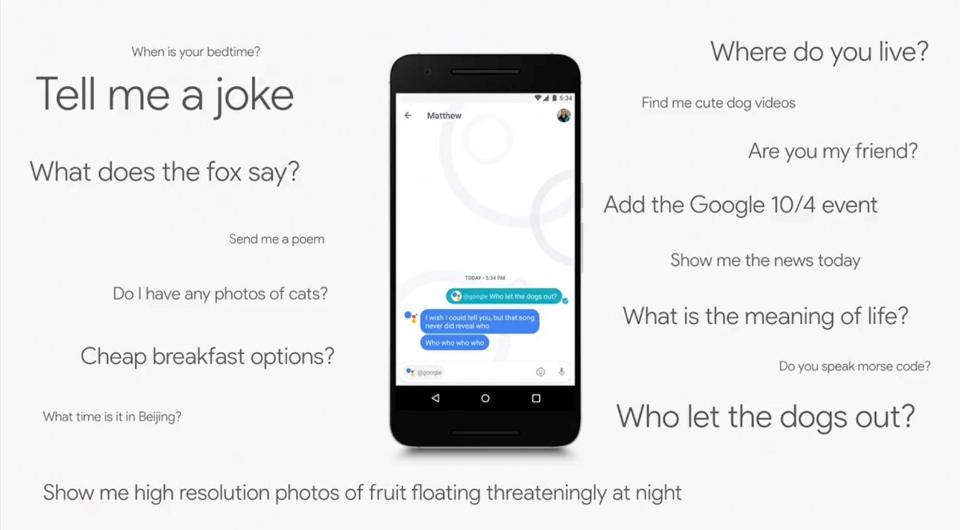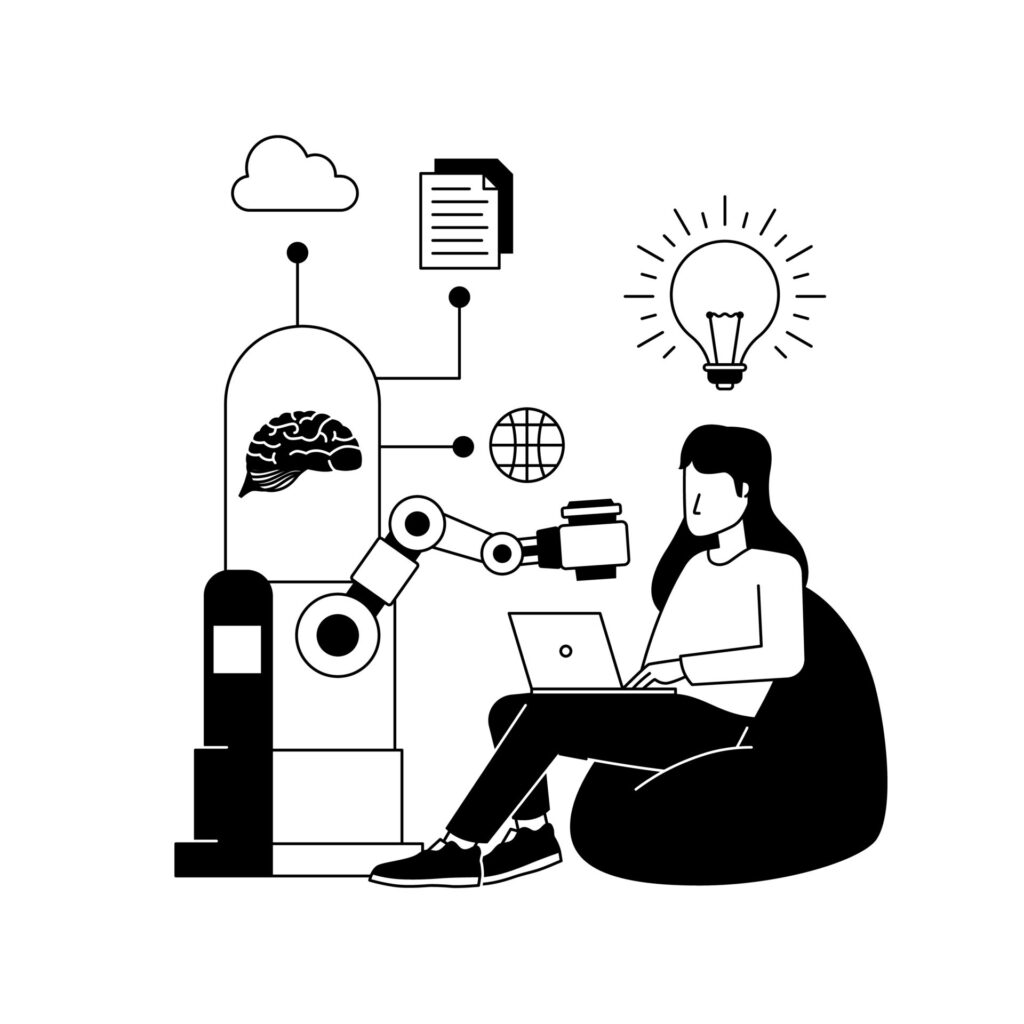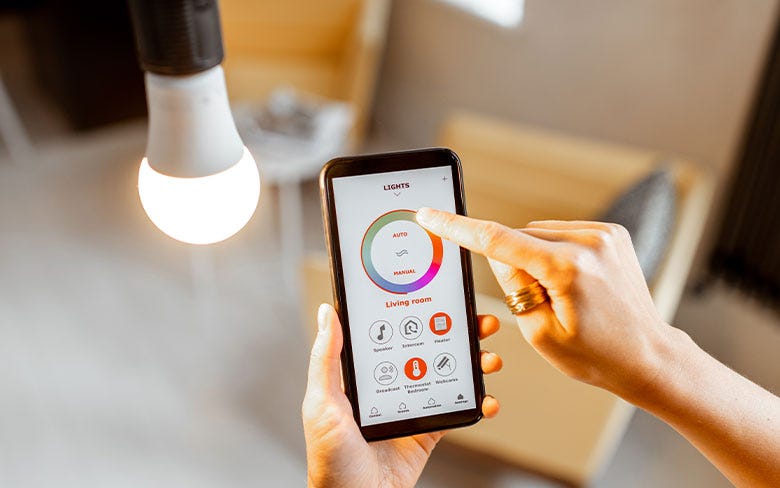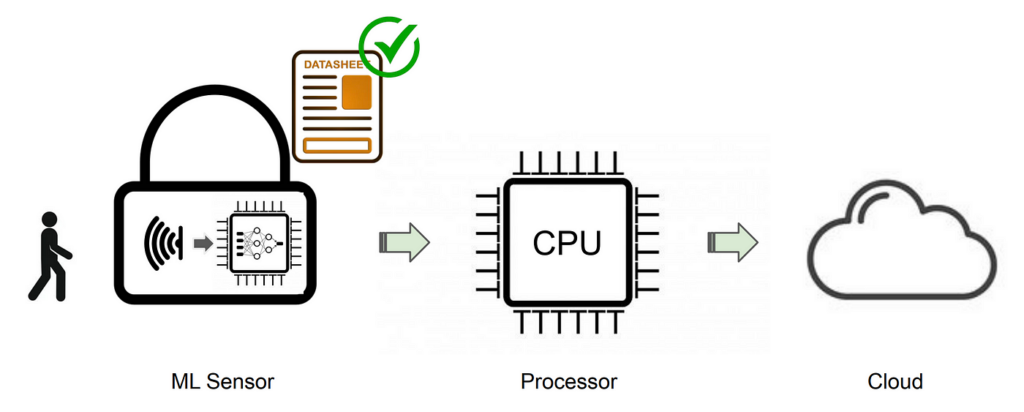
Artificial Intelligence (AI) has transcended its sci-fi origins and is now becoming an integral part of our daily lives. From virtual assistants to personalized recommendations, the influence of AI is pervasive. This blog post explores the exciting developments and potential future scenarios where AI plays a central role in shaping our everyday experiences delving into the integration of AI across various home automation systems, from smart thermostats to intelligent lighting.
Virtual Assistants and Voice Control
AI-driven virtual assistants, such as Amazon’s Alexa and Google Assistant, have become the central command hubs of smart homes. Users can control an array of devices, from thermostats to lighting, using natural language commands. This level of voice-activated control enhances convenience by eliminating the need for manual interaction with each device.


Predictive Analytic and Routine Automation
Advanced AI algorithms analyze user behavior and preferences, learning daily routines. With this knowledge, smart home systems can anticipate needs and automate tasks. For instance, adjusting the thermostat to preferred temperatures before waking up or initiating a bedtime routine that includes locking doors and dimming lights.

Smart Thermostats
AI-powered smart thermostats go beyond basic temperature control. They learn from user behavior, adapt to preferences, and optimize energy consumption. For example, these systems can detect when occupants are away and adjust heating or cooling settings to conserve energy, contributing to both convenience and sustainability.

Intelligent Lighting Systems
AI-driven lighting systems offer dynamic control based on factors such as time of day, occupancy, and ambient light conditions. Adaptive lighting not only enhances convenience by creating the desired ambiance but also contributes to security by simulating occupancy in the absence of residents, deterring potential intruders.

Security Cameras and Facial Recognition
Home security systems with AI capabilities, including facial recognition, add a layer of sophistication. Cameras can identify familiar faces and send alerts for unknown individuals, enhancing security. AI algorithms can also differentiate between regular activities and potential security threats, reducing false alarms.

Sensor Data and Machine Learning
The core of AI integration lies in the continuous collection and analysis of sensor data. Devices equipped with sensors, such as motion detectors and temperature sensors, generate data that AI algorithms use to understand user patterns, preferences, and environmental conditions.

Cloud-Based Connectivity
Many AI-powered smart home devices rely on cloud-based platforms for data storage, analysis, and seamless connectivity. Cloud services enable real-time updates, remote access, and the ability to learn from a broader data-set for more accurate predictions.

OTA (Over-the-Air) Updates:
AI algorithms in smart home devices can receive updates over the air, ensuring continuous improvement and adaptation to evolving user needs. This allows manufacturers to enhance security features, optimize algorithms, and introduce new functionalities without requiring physical device updates.

Conclusion
As AI continues to advance, the synergy with smart home technology is creating homes that are not only interconnected but intelligent. The integration of AI in home automation systems ensures that our living spaces adapt to our preferences, enhance convenience, and fortify security, paving the way for a future where our homes actively anticipate and respond to our needs. The journey toward fully realized smart homes is not just about technology; it’s about creating living environments that seamlessly align with our lifestyles.
